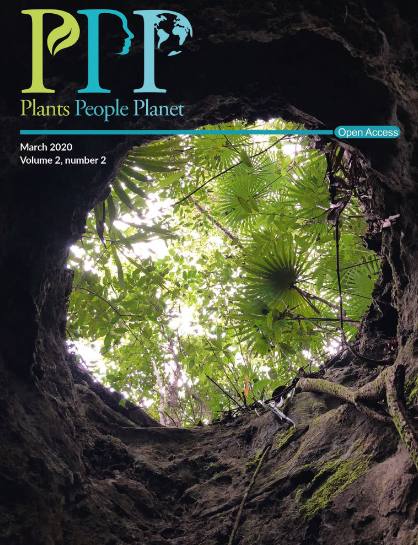美国历史苗圃植物的生态学和进化观点
IF 3.6
2区 环境科学与生态学
Q1 BIODIVERSITY CONSERVATION
引用次数: 2
摘要
(cid:129)今天,在具有重大生态相关性的模式中,可以找到美国苗圃业历史的回声。先前关于城市地区外来植物多样性高、归化外来植物之间的系统发育聚类和过度分散以及城市植物群落同质化的报道都与这些植物在苗圃中的历史可用性一致。本文章由计算机程序翻译,如有差异,请以英文原文为准。
An ecological and evolutionary perspective of the historical US nursery flora
(cid:129) Echos of the history of the US nursery industry can be found today in patterns with great ecological relevance. Previous reports of high alien plant diversity in urban areas, phylogenetic clustering and overdispersion among naturalized alien plants, and homogenization of urban plant communities are all consistent with the historical availability of these plants in the nursery flora.
求助全文
通过发布文献求助,成功后即可免费获取论文全文。
去求助
来源期刊

Plants People Planet
Multiple-
CiteScore
9.90
自引率
5.90%
发文量
81
审稿时长
12 weeks
期刊介绍:
Plants, People, Planet aims to publish outstanding research across the plant sciences, placing it firmly within the context of its wider relevance to people, society and the planet. We encourage scientists to consider carefully the potential impact of their research on people’s daily lives, on society, and on the world in which we live. We welcome submissions from all areas of plant sciences, from ecosystem studies to molecular genetics, and particularly encourage interdisciplinary studies, for instance within the social and medical sciences and chemistry and engineering.
 求助内容:
求助内容: 应助结果提醒方式:
应助结果提醒方式:


